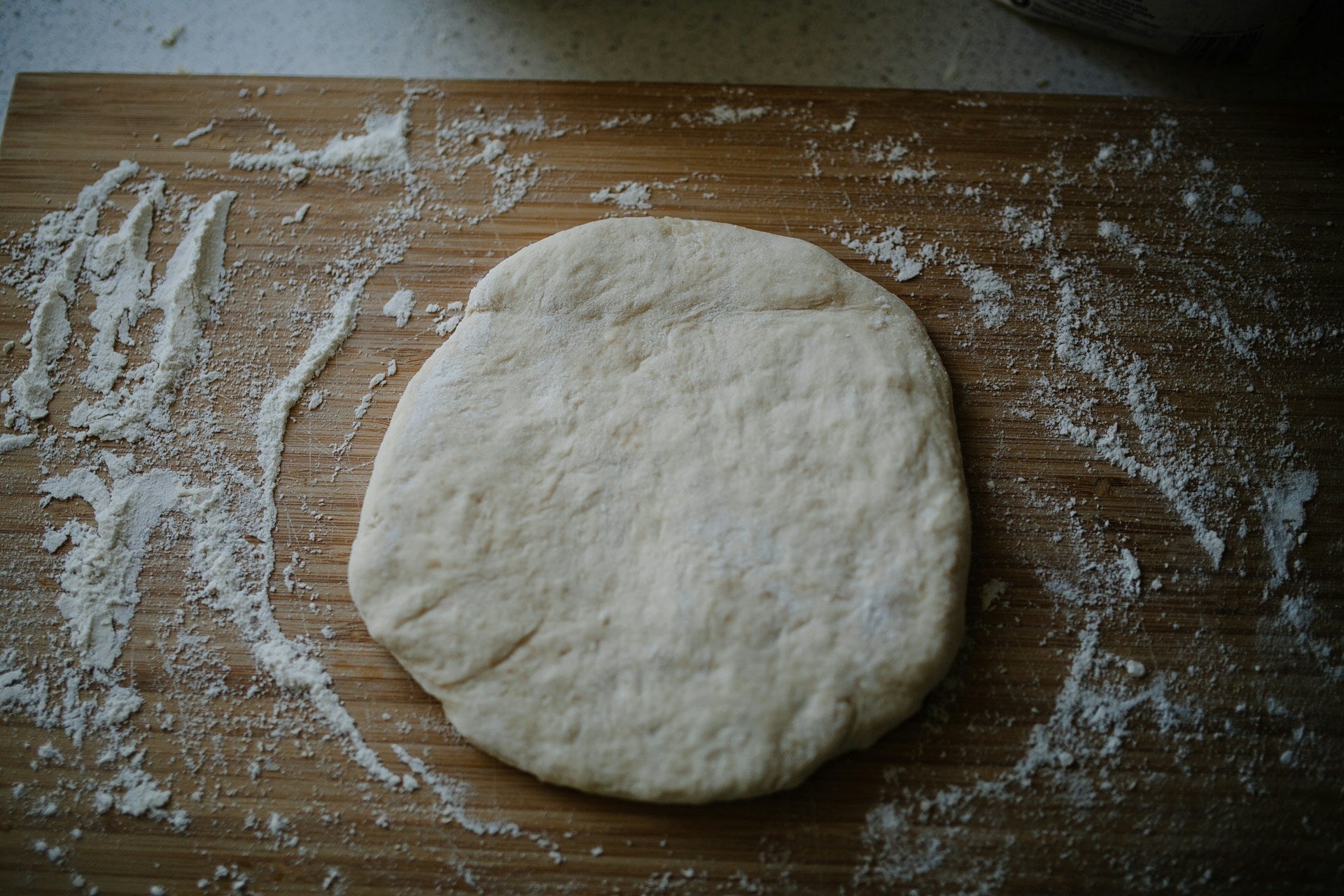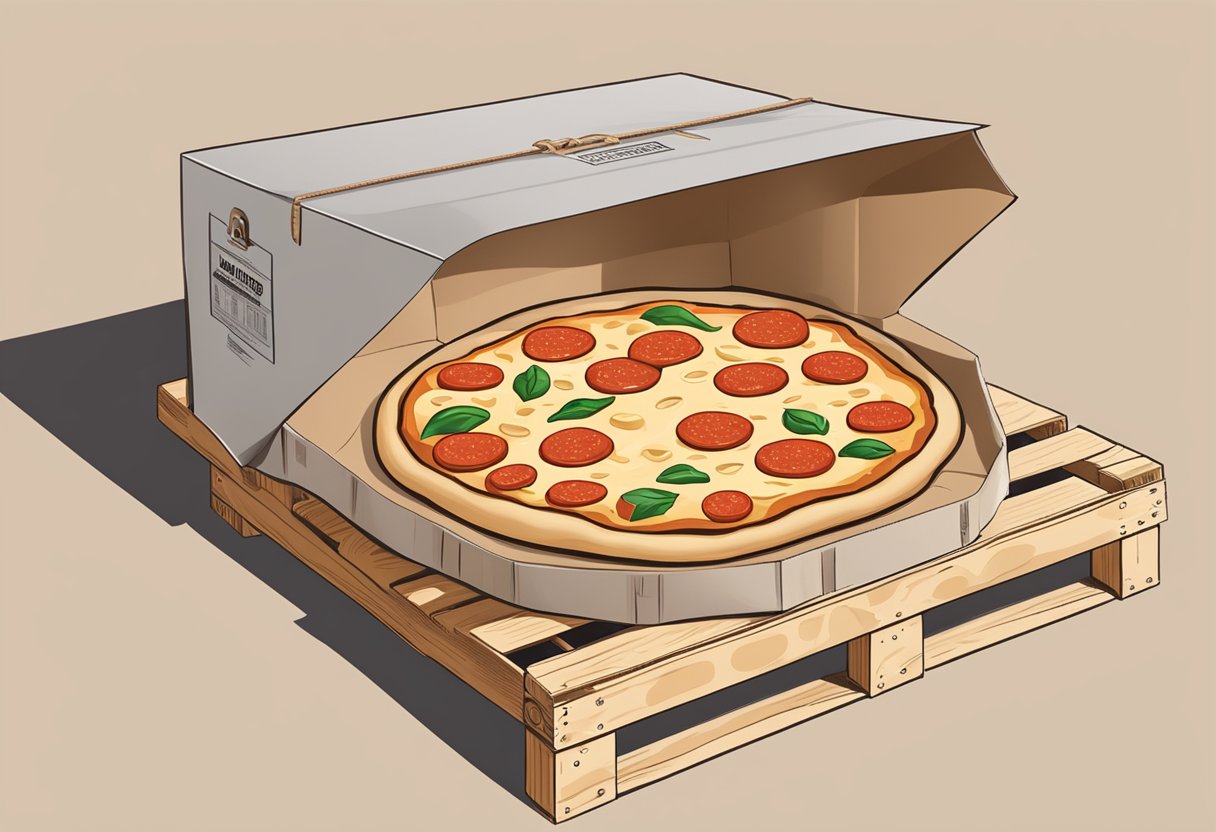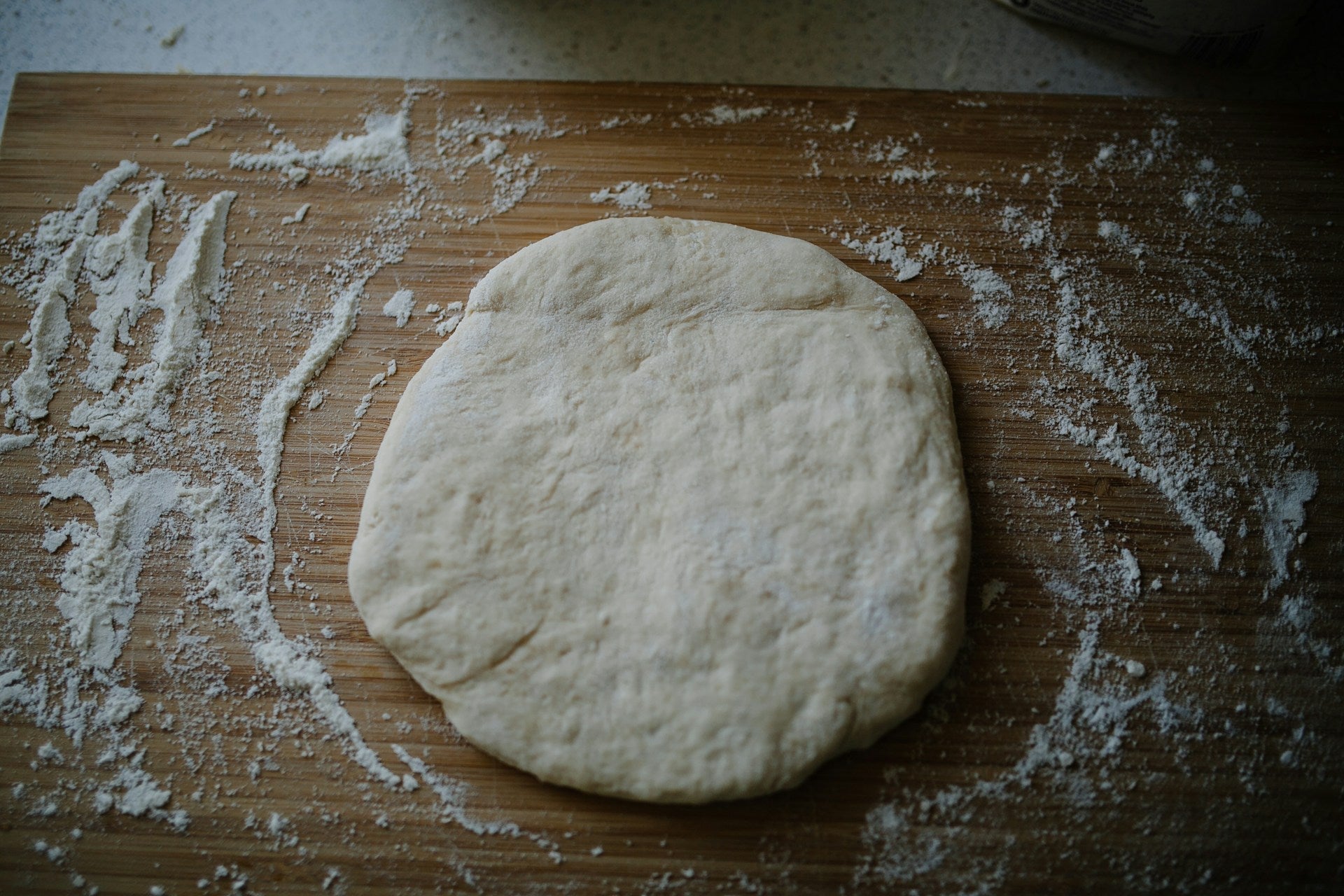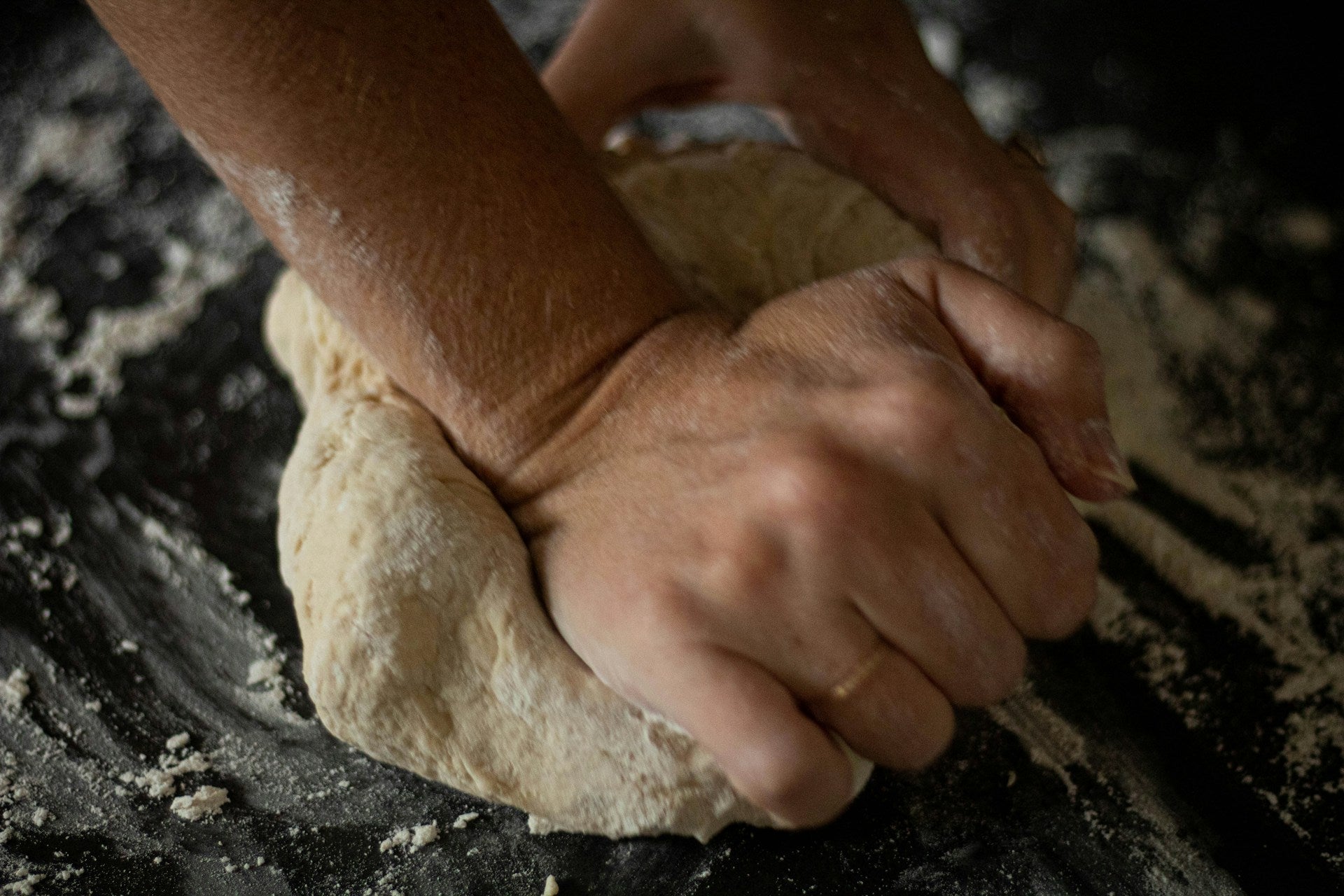
Pizza Dough with Cheese Figgerits: A Delicious Twist on Classic Recipes
When it comes to creating the perfect pizza, the dough serves as the foundation for your culinary masterpiece. If you’re exploring the world of Figgerits puzzles, you may encounter the clue related to pizza dough with cheese. The answer you seek is “SPRINKLE.” Knowing this not only helps you solve the puzzle but also enriches your understanding of different ingredients used in pizza-making.
Understanding these food-related clues can enhance your enjoyment of both puzzles and cooking. Correctly answering this question allows you to engage more fully with the Figgerits game while also expanding your culinary vocabulary. By diving deeper into the world of pizza, you’ll find that each ingredient plays a vital role in achieving that perfect balance of flavors and textures.
Whether you are a Figgerits enthusiast or simply a pizza lover, appreciating the nuances of recipes and their components can elevate your kitchen experience. Explore this further as you unravel more clues and create your ideal pizza dough masterpiece.
The Basics of Pizza Dough With Cheese Figgerits
Pizza dough with cheese Figgerits involves solving clever and engaging puzzles related to food, specifically pizza. This game challenges your word skills while combining fun with culinary knowledge.
In Figgerits, hints guide you toward the answer. The phrase "pizza dough with cheese" serves as a clue to reach specific solutions. Here are some key points to consider:
- Puzzle Type: Each level presents a unique challenge based on wordplay and logic.
- Goal: Solve the puzzles by finding the right words or phrases that fit the clues given.
- Game Mechanics: Interact with hints and answers by selecting letters or combinations.
You can find assistance with your puzzles on several helpful websites. Some options include:
These resources provide answers and tips to enhance your experience. Engaging with the puzzles can improve your vocabulary while enjoying the concept of pizza in a playful format. Sessions with these challenges can also increase your mental agility and problem-solving skills.
Selecting the Right Ingredients
Choosing the right ingredients for your pizza dough with cheese is crucial for achieving the best flavor and texture. By focusing on flour, cheese varieties, and the choice between fresh and dried figs, you can elevate your dish to a new level.
Choosing Your Flour
The type of flour you select will significantly impact the texture and taste of your pizza dough. For a traditional pizza base, high-protein flour like bread flour is ideal. It provides the necessary gluten for a chewy texture.
Alternatively, all-purpose flour can work well but may produce a softer crust. You might also consider 00 flour, which is finely milled and commonly used in Italian pizzas.
It's essential to measure your flour correctly—using a kitchen scale is recommended for accuracy. Experimentation can help you find the ideal blend for your crust preferences.
Types of Cheese for Figgerits
Cheese plays a vital role in flavor and texture. For your pizza, options include:
- Mozzarella: The classic choice, known for its melting quality and mild flavor.
- Parmesan: Adds a sharpness and works well when combined with mozzarella.
- Ricotta: Offers creaminess and pairs nicely with figs for a unique twist.
You can also explore using goat cheese or feta for stronger flavors. Combining different cheeses can create a richer taste and enhance overall complexity.
Fresh vs. Dried Figs
When incorporating figs, consider whether to use fresh or dried. Fresh figs are juicy and offer a delightful sweetness. They can be sliced and sprinkled atop your cheese for added freshness.
On the other hand, dried figs provide a concentrated sweetness and chewy texture, making them perfect for mixing into the dough or as a topping.
Evaluate your dish’s overall flavor profile to determine which type complements your pizza best. Both options can enhance the dish, depending on your taste preferences.
Mixing and Kneading Techniques
To prepare pizza dough with cheese, mastering the mixing and kneading process is essential. Start by measuring your ingredients accurately for the best results.
-
Mixing:
- Combine flour, salt, and yeast in a large bowl.
- Gradually add warm water and mix until the dough begins to form.
-
Kneading:
- Transfer the dough onto a floured surface.
- Use the heel of your hand to push the dough away, fold it over, and repeat.
- Knead for 5-7 minutes until the dough is smooth and elastic.
During kneading, you can assess the dough's readiness. It should spring back when lightly pressed. If it feels too sticky, sprinkle a little flour as needed.
Tips:
- Avoid adding too much flour; it can make the crust tough.
- Allow the dough to rest periodically; this helps gluten development.
By following these mixing and kneading techniques, you will create a perfect base for your cheese-filled pizza dough. Aim for a balance of texture and elasticity to achieve excellent results.
Proofing and Fermentation
Proofing and fermentation are critical steps in making pizza dough with cheese. These processes allow the dough to develop flavor and the right texture.
Proofing refers to the resting period after kneading. During this time, yeast activates, causing the dough to rise. You can expect the dough to double in size within 1 to 2 hours, depending on the temperature.
Fermentation occurs simultaneously and enhances the flavor. This process breaks down starches into sugars. Longer fermentation results in a more complex flavor profile. You can achieve this through a cold fermentation method by refrigerating the dough for 24 hours or more.
A few tips for successful proofing and fermentation:
- Use warm water (about 100°F) to activate yeast effectively.
- Keep the dough covered with a damp cloth to retain moisture.
- Check the dough frequently to avoid over-proofing, which can lead to a collapse.
After proofing, shape your dough gently to maintain air bubbles. This can yield a light and airy crust, perfect for holding the cheese and toppings you plan to use. The combined effects of proofing and fermentation are essential for achieving the ideal pizza crust.
Assembly and Baking
Understanding the steps for assembling and baking pizza dough with cheese will enhance your cooking process. Proper layering of ingredients and oven preparation are crucial for achieving the desired texture and flavor.
Layering the Ingredients
Begin with your pizza dough spread evenly on a floured surface to prevent sticking. Roll it out to your preferred thickness, ensuring that it fits your baking pan.
- Add Sauce: Spread a thin layer of sauce evenly across the dough.
- Cheese Layer: Generously sprinkle your choice of cheese on top. Use a blend for depth of flavor.
- Additional Toppings: Layer any additional ingredients like vegetables or meats atop the cheese.
Ensure even distribution for consistent cooking. A balanced combination will provide both flavor and texture.
Oven Preparation and Temperatures
Preheat your oven to the right temperature for optimal baking. Generally, aiming for around 475°F (245°C) works well.
- Baking Surface: Use a pizza stone if available. It retains heat and promotes a crispy crust.
- Timing: Bake for about 12-15 minutes, until the crust is golden-brown and cheese is bubbling.
Monitor closely during the last few minutes to avoid overcooking. Allow the pizza to cool for a few minutes before slicing. This step helps maintain the cheese's integrity and flavor.
Serving Suggestions and Pairings
Pizza dough with cheese offers versatility for various meals and occasions. Here are some ideas to enhance your experience:
Classic Toppings:
- Pepperoni: A popular choice that adds a savory kick.
- Mushrooms: For an earthy flavor that complements the cheese.
Vegetarian Options:
- Bell Peppers: Add color and sweetness to your dish.
- Spinach: Provides a nutritious touch with a mild taste.
Dipping Sauces:
Enhance your pizza with these delicious dips:
- Marinara Sauce: A staple that pairs seamlessly with cheese.
- Garlic Butter: Adds richness and a fragrant aroma.
Sides:
Consider these pairings for a complete meal:
- Caesar Salad: A crisp and refreshing side.
- Garlic Bread: A perfect accompaniment to pizza.
Beverage Pairings:
Choose beverages that match your pizza flavor:
- Red Wine: Complements tomato-based toppings well.
- Craft Beer: Offers a variety of flavors to suit your taste.
With these suggestions, you can create a delicious meal around your pizza dough with cheese. Enjoy experimenting with different combinations to find your favorites!
Frequently Asked Questions
Understanding the essentials of making cheese-stuffed pizza dough is key to a successful baking experience. Below are answers to common questions that can guide you through the process.
What ingredients are needed for making cheese-stuffed pizza dough?
To make cheese-stuffed pizza dough, you'll need basic ingredients such as flour, water, yeast, salt, and sugar. Additionally, choose your preferred cheese for stuffing, which could be mozzarella, cheddar, or a blend.
How can you tell when your pizza dough has been properly proofed?
Properly proofed dough will double in size and feel light and airy. You can perform the finger test; if you poke the dough and it springs back slowly, it is ready. If it doesn't spring back, give it more time.
What are some common mistakes to avoid when making homemade pizza dough?
Common pitfalls include using too much flour, not kneading sufficiently, or not allowing enough time for proofing. Ensure your ingredients are at room temperature and avoid overworking the dough to maintain the right texture.
What is the ideal temperature for baking a cheese-filled pizza dough?
The ideal baking temperature for cheese-filled pizza dough is typically between 475°F and 500°F (245°C to 260°C). This high temperature ensures a crispy crust while allowing the cheese to melt perfectly.
Can you freeze pizza dough with cheese, and if so, how should it be done?
Yes, you can freeze pizza dough with cheese. Wrap the dough tightly in plastic wrap to prevent freezer burn, and place it in an airtight container. When ready to use, thaw it in the refrigerator overnight.
What are the best types of cheese to use when making a cheese-stuffed pizza crust?
The best cheeses for stuffing your pizza crust include mozzarella for its meltability, ricotta for creaminess, and provolone for a sharper flavor. You can also mix in some parmesan for added depth.

















